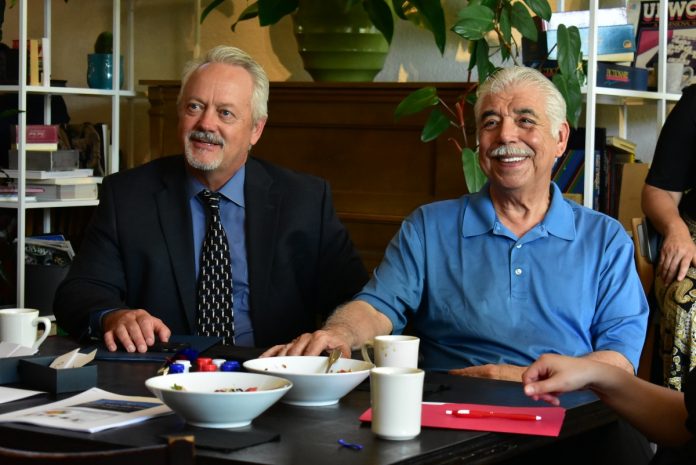
Water management in the Western United States is highly complex as a result of a variable climate from year to year, explained a top water expert on Tuesday, and Southern Californians must continue to do everything they can to be mindful of conservation and efficient use of H2O.
That was a key message presented by Thomas Love, general manager of the Upper San Gabriel Valley Management District.

Love explained the Upper San Gabriel Valley Management District is a regional water wholesaler and water resource management agency covering all or parts of 18 cities in the San Gabriel Valley and serving about a million people.
Love explained that 80% of the local water supply comes from the Main San Gabriel Groundwater Basin (groundwater basin) and 20% is imported from the State Water Project.
Local water is rainfall that flows down the watershed and infiltrates into the basin.
Imported water is purchased from Metropolitan Water District of Southern California to supplement our local supplies.
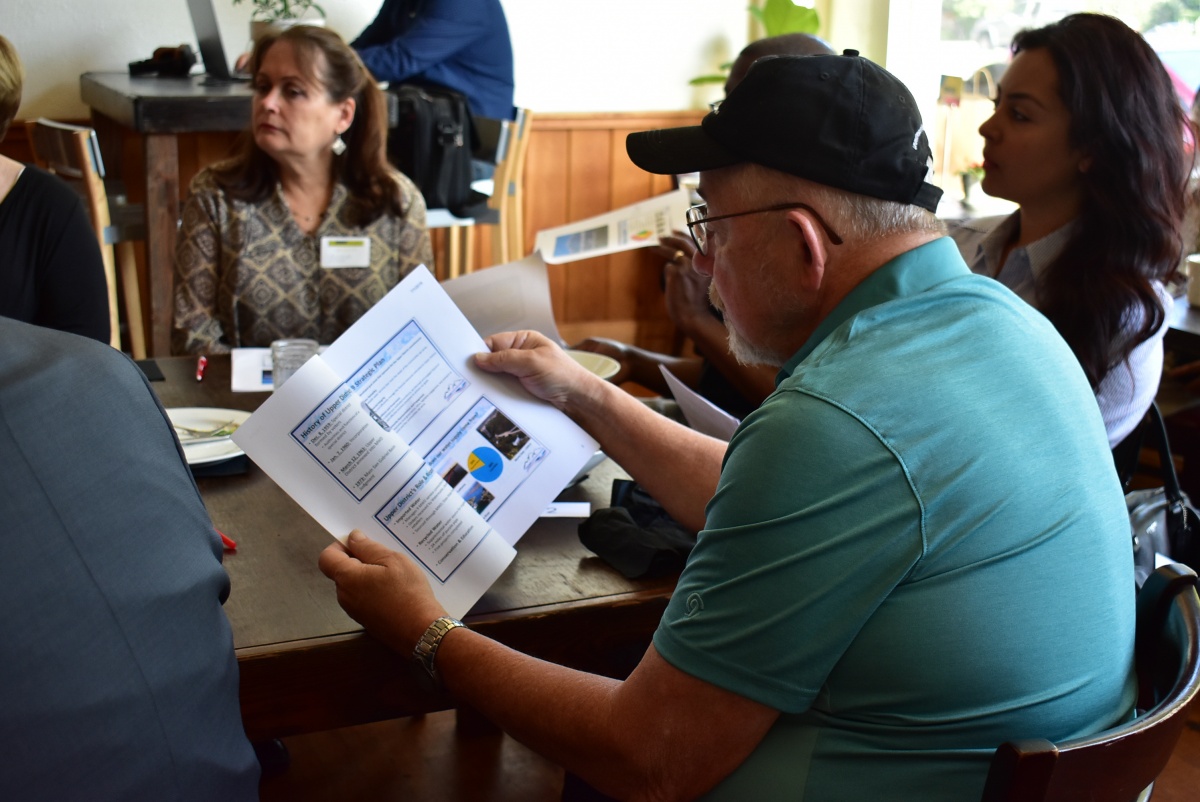
According to the agency’s website, Upper District works closely with the Los Angeles County Flood Control District, which captures more than 95% of all precipitation that falls within the San Gabriel River Watershed to recharge the local groundwater basins. The Flood Control District encompasses the vast majority of drainage infrastructure within incorporated and unincorporated areas in every watershed, including 500 miles of open channel, 2,800 miles of underground storm drain, and an estimated 120,000 catch basins.
Some individuals may not even know where their water comes from. Should they care?
“Absolutely,” stressed Love, explaining he launched his career in water resource management in various positions in much of Los Angeles County about 30 years ago. “People need to know what it takes and the intricate systems that are in place to move water long distances and store it so we have it in times of a drought. It is precious, and everyone needs to understand everything they do to reduce water use helps the region’s water supply, as well as saves everyone money.”
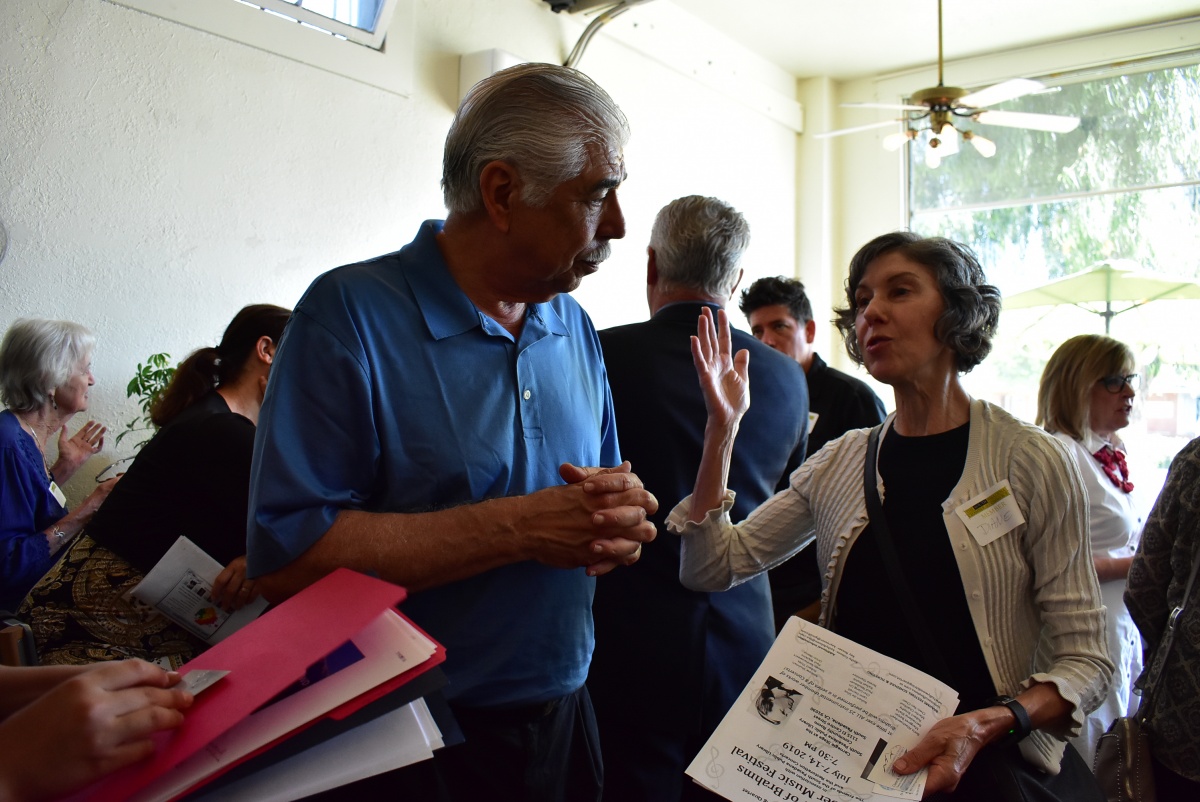
Asked why he’s so invested in water management and conservation, Love laughed saying, “Besides the fact (that) it’s my job, it’s very critical for our region. As we look forward at what might happen with climate change, it takes me back to when we were created [as an agency] in the 1950s. The men and women who were thinking about these problems created an elegant solution for the San Gabriel Valley that worked wonderfully for 60 years. But now we’re in a different time. Climate change is changing our precipitation habits. We need to start thinking what we’re going to do to last another 60 years with this changing situation. So, when I see the people in California, Southern California in particular, I don’t think we give them enough credit for all the work they have done in conservation.”
Love, a civil engineer, said 4 million more people are now living in Southern California since the 1990s “and water demand is less now than it was in 1992,” he said.
That’s a result, noted Love, of people going great lengths to conserve. “We’ve reduced our water use outdoors and indoors,” he said. “So we’ve really done a tremendous job.”
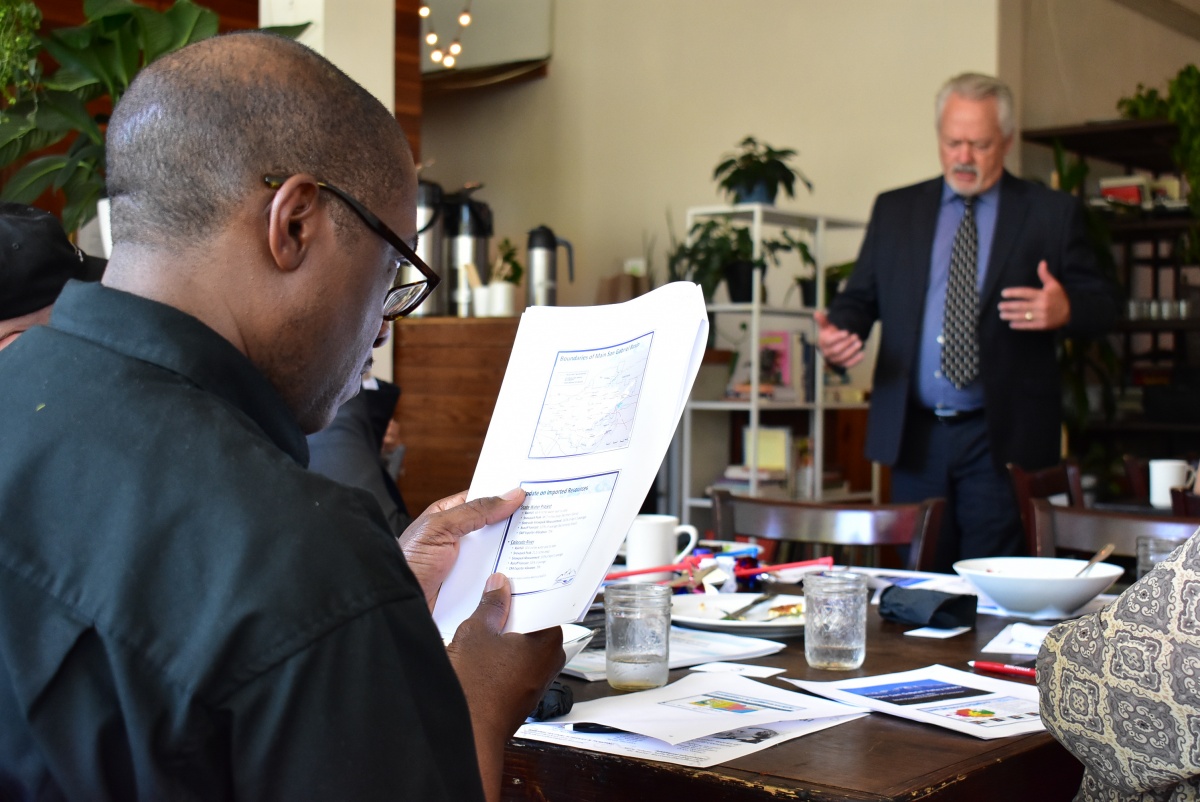
Love insists the Upper San Gabriel Valley Management District continues “to look for solutions and additional water supplies to put into our portfolio as we move forward, but one of those solutions is continued diligence on water conservation,” Love explained. “Make sure you practice it yourself, help your neighbors and educate your children. If you have programs that you think will be helpful for the community regarding water conservation or water supply, let us know.”
Established in 1959, the Upper San Gabriel Valley Municipal Water District was created to help sustain adequate water supplies in the rapidly-developing San Gabriel Valley. The District, according to its website, was incorporated in January 1960 and in March 1963, residents within the Upper District’s service area voted to annex to the Metropolitan Water District of Southern California (MWD).
The District’s vision is to support high quality life in the greater San Gabriel Valley by providing valued water services. Its mission is to meet the region’s need for reliable, high quality and affordable water.
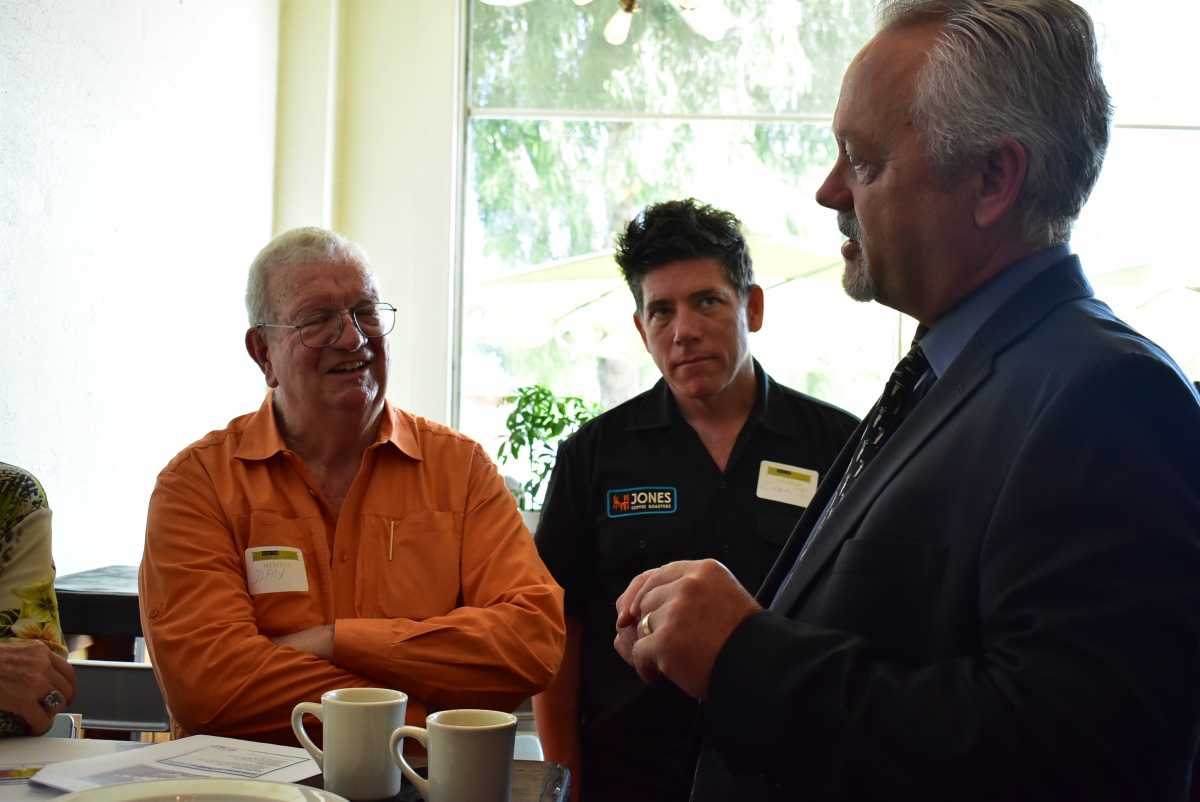
The following is a message from the Upper San Gabriel Valley Municipal District:
“Water is the seminal issue of our time. We need to be creative and collaborative or the consequences will be profound.”








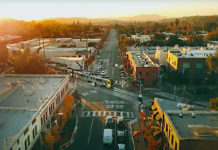









.png)









